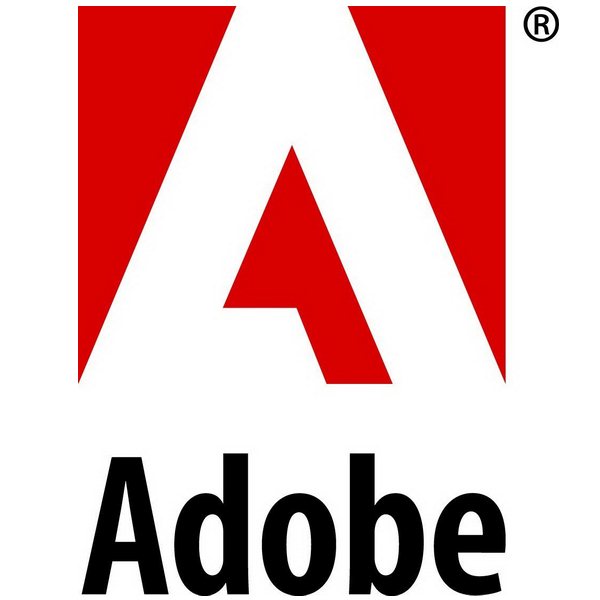Thursday, November 28, 2013: Adobe today released the second annual Adobe APAC Digital Marketing Performance Dashboard, a study done by the CMO Council in partnership with Adobe. A six-month in-field program comprising quantitative and qualitative surveys, the study benchmarked the levels of adoption, traction and success of digital marketing in Australia, Singapore, Korea, China, Hong Kong and India. 276 senior marketers from a range of industries took part in the study including 43 respondents from India.
Umang Bedi, Managing Director, Adobe South Asia outlining some of the key findings said, “Today digital marketing is a boardroom-level conversation which means marketers are dealing with the expectation that they can justify the return on investment on marketing budgets and show results. The dashboard reflects the changing dynamics that Indian marketers are witnessing today – a big shift is seen in the how the marketers have progressed over this one year in this space. Over 80% of marketers are using analytics and reporting technologies for better understanding. Challenges in terms of finding the right skill sets remain, however, Indian marketers lead the APAC region in terms of their growing confidence in their skill sets”, he added.
Here are some findings for India:
Changing mindsets of Indian marketers
Digital marketing has seen massive progress in India in these last 12 months in terms of understanding, readiness and adoption.100% marketers in India now believe that digital marketing can create competitive advantage for their company, helping them create a more customer centric organization, helping with brand differentiation and building greater customer affinity and attachment (45%). This is a major shift from 2012 when less than 20% believed it to be able to do so.
Cost-efficiency, effectiveness of these channels and their ability to deliver better ROI is considered the top driver (75% marketers believe so) for the adoption of digital marketing, followed by size and appealing demographics of internet population (72% marketers believe so). Other drivers include ability to better engage and activate audiences, and proliferation, appeal, and capability of mobile devices (60%), followed by better campaign analytics, insight, and accountability; customer preference and digital dependency; social networking and gaming account – ~50%
Shatrughan Singh, Head of Strategy and Marketing for Global Alliances, Wipro, India, one of the marketers surveyed, said, “Wipro understands that digital is a journey that is constantly evolving and is being driven by the voice of the customer. Wipro’s digital strategy signifies a transition from a siloed approach to cohesive integrated campaigns that amplify the brand experience. These have delivered measurable results and quantifiable ROI, in addition to helping the marketing department deliver more effective and measurable results at lower costs.”
Overall digital marketing budget spend has increased
The percentage of marketers spending over 50% of their budgets in digital marketing has also increased substantially; from 2% in 2012 to 22% in 2013.
Social has been a clear priority for marketers this fiscal year, followed by increasing and improving paid search and online display advertising; and customer listening, feedback, and community. In terms of spend, 75% of marketers have been allocating their digital marketing funds on websites (content development and performance optimization), SEO and SEM, social and email.
Better Organizational Alignment
A notable shift between 2012 and 2013 is the increase in the number of marketers indicating that the CMO or the dedicated head of marketing is the lead of digital marketing. Today, Indian marketers enjoy the support of senior executives in their organization. However, for 40% of respondents, their digital marketing strategy is developed and executed from global head office and for 20% it is localized and executed in APAC and country level. Mr Bedi said, “There is opportunity for Indian marketers to increasingly localize their strategy at a country level.”
Manu Kumar Jain, Co-founder, Jabong.com, one of the early adopters of Adobe Marketing Cloud said, “We depend immensely on the power of Digital Marketing. And when I say we, I mean the company as a whole including our senior leadership who believes in its power. It not only helps us understand our customers better and predict their buying behavior more precisely, it helps us so all our campaigns talk to each other and are extremely optimized. We have become more competitive using Digital Marketing.”
Challenges and Opportunities faced by Indian marketers
Budget limitations, making a business case for digital marketing spend and developing a comprehensive strategy for Indian markets continue to be a challenge with each of these points rated at 50%. While asking for funding, a marked shift is that more marketers are looking at assessing overall needs and presenting business case. They are increasingly relying on parameters like customer data on digital media consumption preferences and patterns, analytics on generating customer leads more effectively and overall strategic assessment of potential business impact and contributions (50% each). However a good proportion of marketers feel their current ability to measure the value and RoI of their digital marketing spends is “Getting Better” or “Needs Improvement”.
Liz Miller, Vice President, Marketing and Thought Leadership Programs, CMO Council, said, “The results from this second annual Adobe APAC Digital Marketing Performance Dashboard are encouraging and show that in the APAC region, and also specifically in India, the power of digital marketing is being realized and applied. With CMO Council’s mission to operate as the premier knowledge transfer agent and affinity group for chief marketers worldwide, we are very happy to witness this transformation, though we know that there is still a long way to go.”






